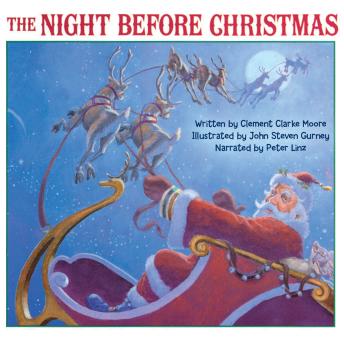
Young Clement wasn’t happy with that denser future. Two years earlier, the city had created a map - the Commissioners’ Plan of 1811 - that both created the city’s rectangular street grid and established the norm of 25-by-100-foot house lots. Clement Moore inherited the Chelsea estate from his grandfather, which spanned what today would be roughly from 19th to 24th streets between Eighth and 10th avenues - when he was just 14 years old. Clarke’s daughter, Charity, married Benjamin Moore, who became bishop of the Episcopal church in New York. Moore himself was born in 1799 on a Manhattan farm established by his grandfather, Major Thomas Clarke, who named his property Chelsea in honor of a famous veterans’ hospital in London. “What sealed the deal” the couple tells The Post, is that “we are both big history buffs.”

When they bought it for $950,000 in 1995, they were drawn to “the architecture and bucolic tree-lined streets abutting the Seminary and its gardens.” They were all part of Moore’s original property - and led to his ultimate plan to make Chelsea a neighborhood different from the rest of Manhattan. is on the market for $8.65 million with Sotheby’s, love the area. Harry Azorin and Lori Monson, whose townhouse at 408 W. Yes, the man who helped create the modern image of Santa also gave us today’s Chelsea. Lesser known is that the beloved text was written on a farm called Chelsea that gave birth to the modern-day neighborhood on New York City’s West Side.Īnd that its author, Clement Clarke Moore, had his own Ebenezer Scrooge-like conversion from a bah-humbug anti-developer to one of the city’s biggest real estate barons. Clement Clarke Moore Lawrence Thornton/Hulton Archive/Getty Images


The immortal opening lines of “A Visit from Saint Nicholas” - an 1823 poem commonly known as “The Night Before Christmas” - are among the most famous in the world. ” ’Twas the night before Christmas, and all through the house.


 0 kommentar(er)
0 kommentar(er)
